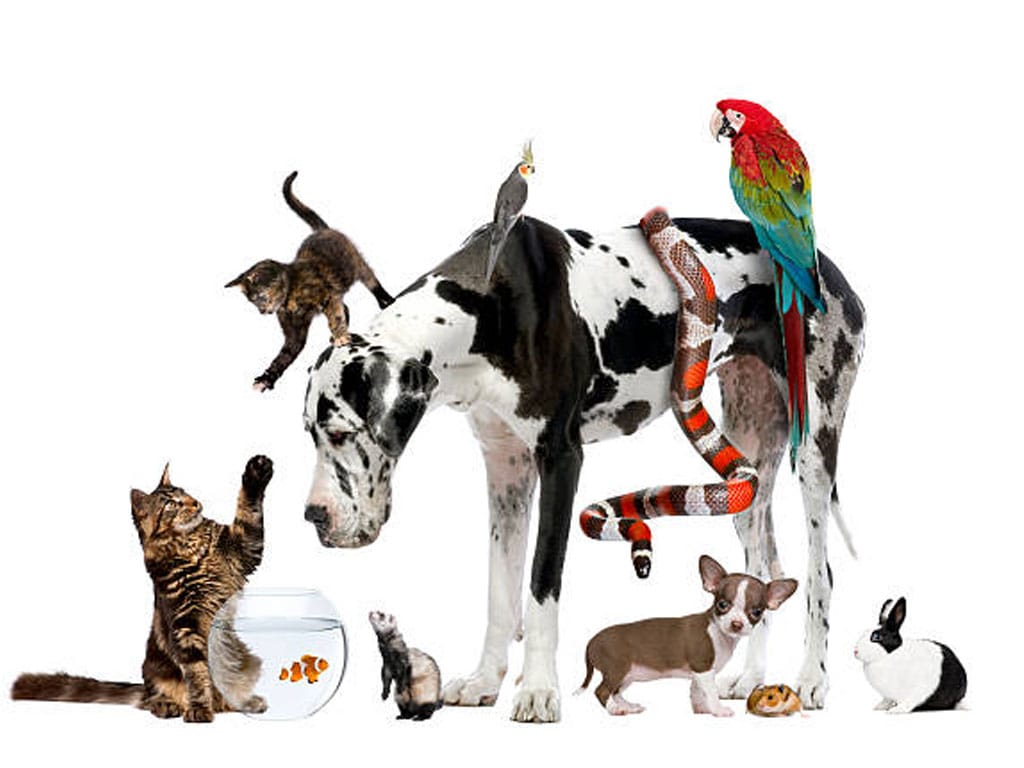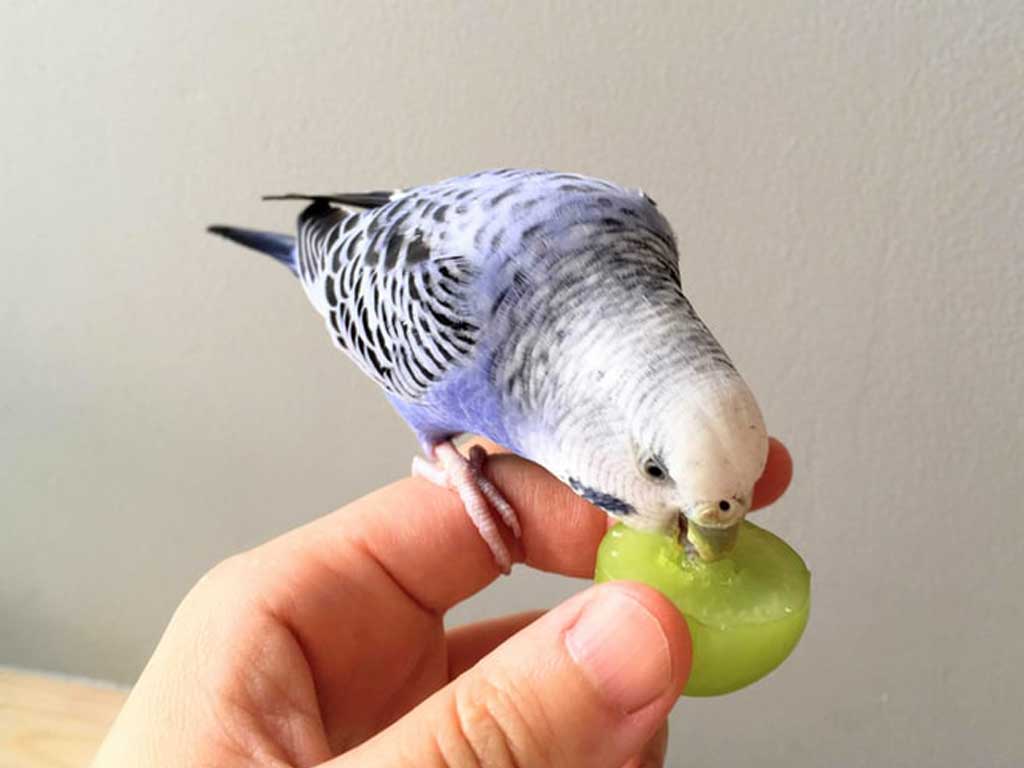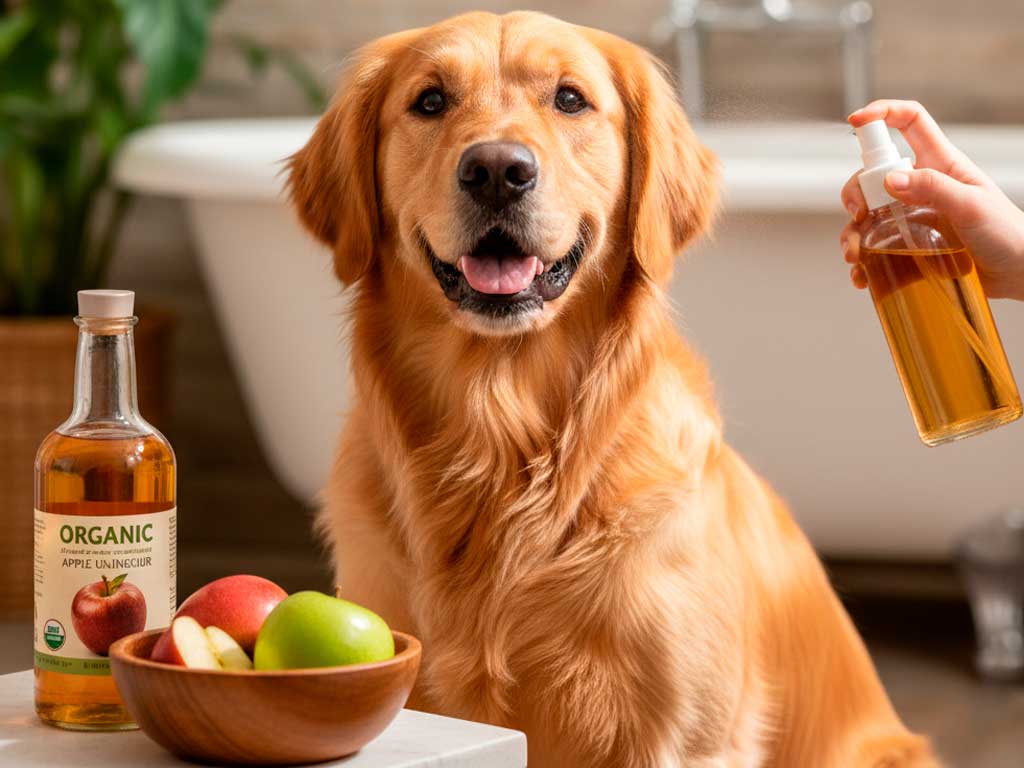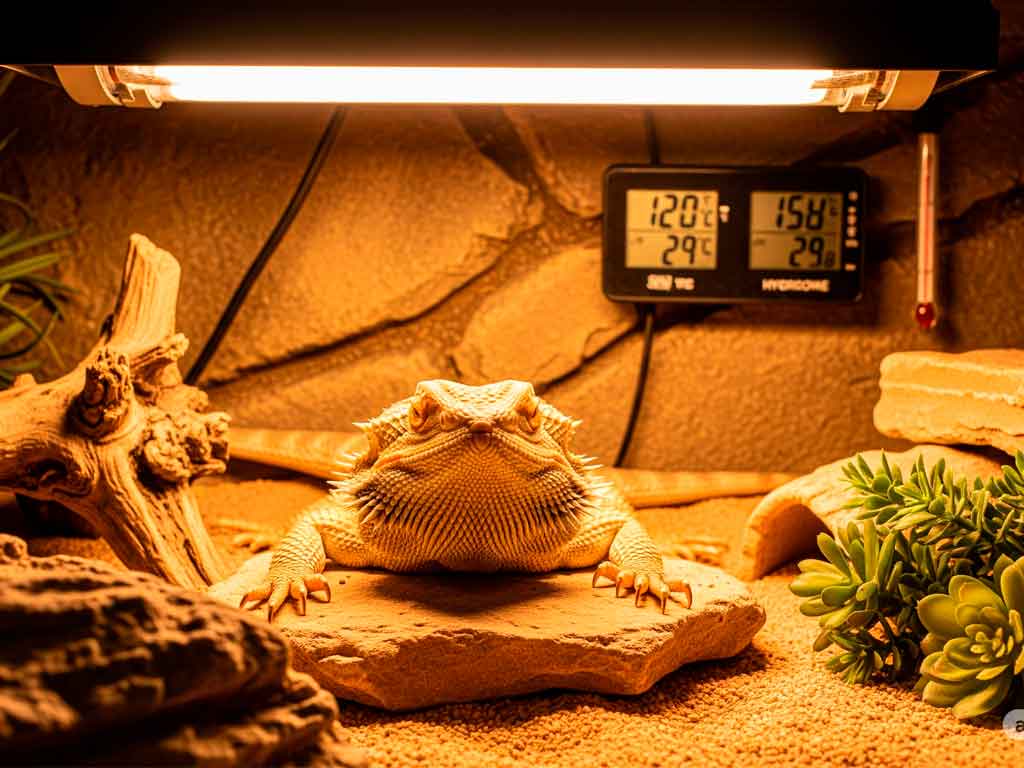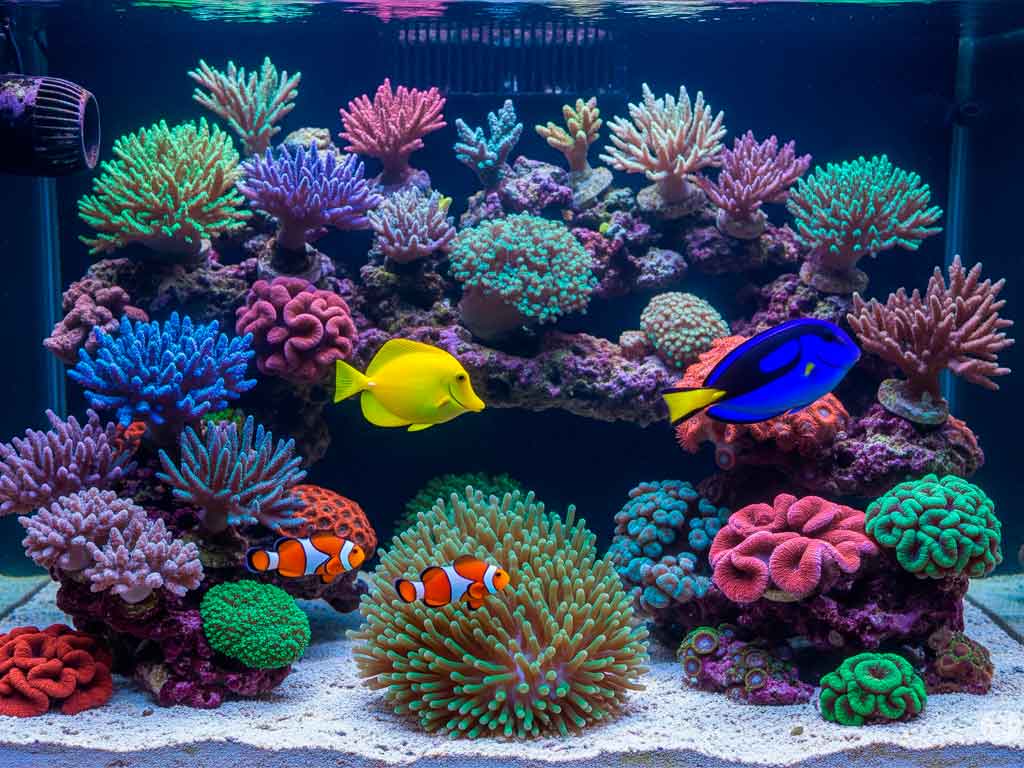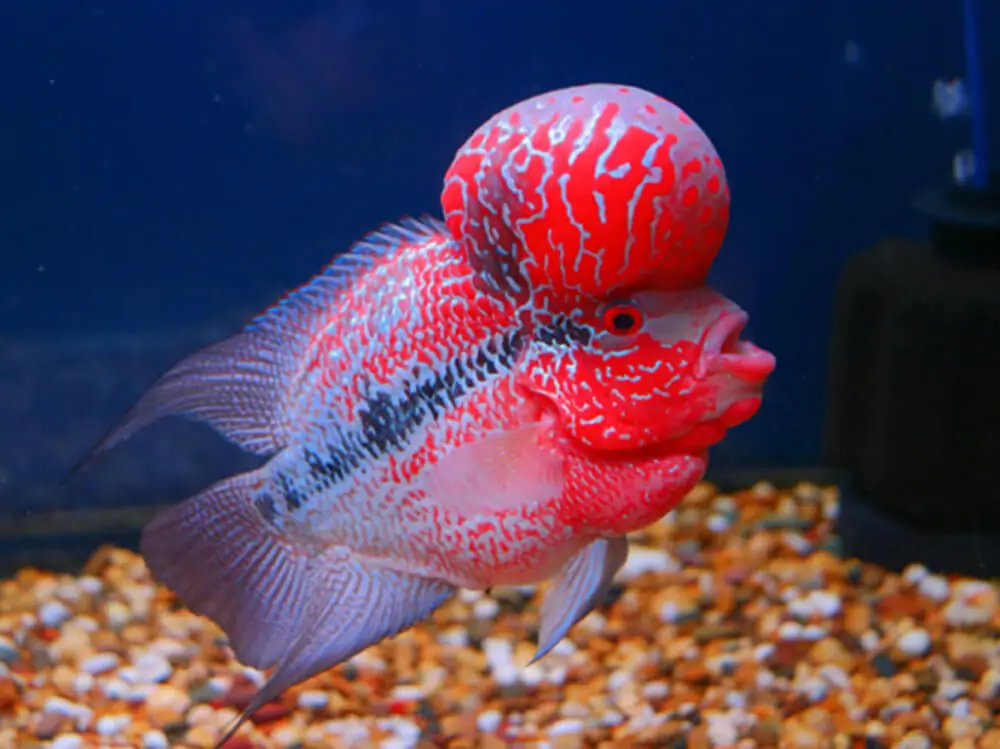From the classic dogs and cats to the exotic spiders and snakes, each pet has unique needs that require knowledge and commitment. This article delves into the care of nine common species, addressing essential questions to ensure their well-being and strengthen the bond with their owners.
1. Dogs: Loyalty That Demands Attention
Key characteristics:
- Social by nature, they need daily interaction and mental stimulation.
- Lifespan: 10–15 years (varies by breed).
Essential care:
- Diet: High-quality protein-based diet, avoiding excess carbohydrates. Small vs. large breeds require specific formulas.
- Exercise: Minimum 30–60 minutes daily (depending on the dog’s energy level).
- Health: Mandatory vaccinations, quarterly deworming, and annual check-ups. Watch for hip dysplasia in large breeds.
- Socialization: Expose them to people, animals, and environments from puppyhood to prevent anxiety or aggression.
Common mistakes:
- Humanizing their diet (e.g., giving them chocolate, grapes, or onions, which are toxic to them).
- Ignoring dental care, leading to periodontal diseases.
2. Cats: Independence with a Touch of Affection
Key characteristics:
- Territorial and independent, but affectionate in their own way.
- Lifespan: 12–20 years.
Essential care:
- Diet: Strict carnivores. They need taurine in their diet (found in high-quality wet or dry food).
- Vertical space: Shelves or scratching posts to satisfy their instinct for height.
- Hygiene: Clean litter box daily to prevent rejection or urinary infections.
- Environmental enrichment: Toys that mimic hunting (feathers, laser pointers).
Common mistakes:
- Not spaying/neutering, increasing the risk of cancer or marking behaviors.
- Forcing interaction: cats choose when to give affection.
3. Birds (Parrots, Canaries, Lovebirds): Color and Communication
Key characteristics:
- Intelligent and social; some species (like parrots) can live 50+ years.
Essential care:
- Cage: Spacious, with room to fly. Horizontal bars for climbing.
- Diet: Mix of seeds, fresh fruits (avoid avocado, toxic), and vegetables.
- Stimulation: Toys to peck at and prevent boredom (feathers, ropes).
- Socialization: They need daily interaction to avoid depression.
Common mistakes:
- Placing the cage in drafts or near the kitchen (harmful fumes).
- Ignoring signs of stress, such as feather plucking.
4. Guinea Pigs: Social and Sensitive Pets
Key characteristics:
- Social rodents; should live in pairs or groups.
- Lifespan: 4–8 years.
Essential care:
- Diet: High-quality hay (80% of their diet), supplemented with vitamin C-rich vegetables (bell peppers, spinach).
- Habitat: Spacious cage with hiding spots and absorbent bedding (avoid cedar, toxic).
- Socialization: Gentle handling to build trust.
Common mistakes:
- Feeding them only commercial pellets, causing deficiencies.
- Not providing chew toys, leading to overgrown teeth.
5. Rabbits: More Than Just a Quiet Pet
Key characteristics:
- Curious and active; they need space to run.
- Lifespan: 8–12 years.
Essential care:
- Diet: Hay (70%), fresh vegetables (30%), and seed-free pellets.
- Habitat: Safe area without wires to chew (risk of electrocution).
- Health: Mandatory spaying/neutering to prevent uterine cancer in females.
Common mistakes:
- Bathing them (disrupts their skin pH; they clean themselves).
- Leaving them alone for days: they require daily supervision.
6. Turtles: Patience and Controlled Environment
Key characteristics:
- Depend entirely on their environment to regulate temperature.
- Lifespan: 20–50+ years (depending on species).
Essential care:
- Terrarium: Aquatic and dry areas for semi-aquatic turtles. UVB light for calcium metabolism.
- Diet: Omnivorous or herbivorous depending on species. Avoid excess animal protein for herbivores.
- Hibernation: Some species require it; research based on their type.
Common mistakes:
- Using sand as substrate (risk of intestinal impaction if ingested).
- Not separating aggressive species to prevent bites.
7. Fish: An Underwater World at Home
Key characteristics:
- Sensitive to changes in water quality.
- Lifespan: Varies (e.g., goldfish, 10–15 years; bettas, 3–5 years).
Essential care:
- Aquarium: Pre-cycling (4–6 weeks) to establish beneficial bacteria.
- Water parameters: Monitor ammonia, nitrites, nitrates, and pH based on species.
- Diet: Specific food (flakes, pellets, live) without overfeeding.
Common mistakes:
- Performing full water changes (removes beneficial bacteria).
- Mixing incompatible species (e.g., bettas with colorful fish).
8. Spiders (Tarantulas): Fascination with the Exotic
Key characteristics:
- Solitary and low-maintenance, but not pets for handling.
- Lifespan: Females 10–25 years; males 2–5 years.
Essential care:
- Terrarium: Secure, with ventilation and moist or dry substrate depending on species.
- Diet: Live insects (crickets, roaches) 1–2 times a week.
- Molting: Provide adequate humidity to facilitate the process.
Common mistakes:
- Disturbing them during molting (they are vulnerable and can die).
- Using pesticides near their habitat (contaminates the air).
9. Snakes (Non-venomous): Elegance with Responsibility
Key characteristics:
- Require informed owners; some species are venomous or grow too large.
- Lifespan: 10–30 years (e.g., ball python, 20–30 years).
Essential care:
- Terrarium: Controlled temperature and humidity (thermometer and hygrometer essential).
- Diet: Frozen rodents (never live, to prevent injuries).
- Handling: Limited to avoid stress; always wait 48 hours after feeding.
Common mistakes:
- Choosing large species (e.g., boa constrictor) without adequate space.
- Ignoring signs of illness (mucus, weight loss).
Ethical and Legal Considerations
- Adoption vs. purchase: Avoid illegal trafficking of exotic species.
- Legislation: Check local laws on keeping reptiles or arachnids.
- Commitment: Some pets (turtles, parrots) may outlive you; ensure you have a plan.
Every pet, whether a playful golden retriever or a calm tarantula, deserves an environment tailored to their biology and behavior. Researching before adopting, consulting specialized veterinarians, and respecting their natural needs not only prevents suffering but also turns coexistence into a mutually enriching experience.
Remember: A pet is not a whim but a living being that depends entirely on you. Choose with your heart, but act with your head!

